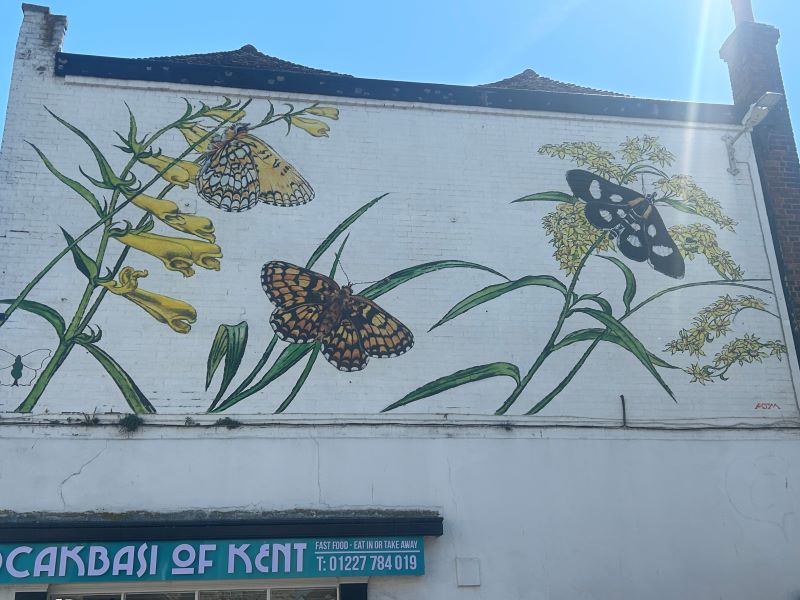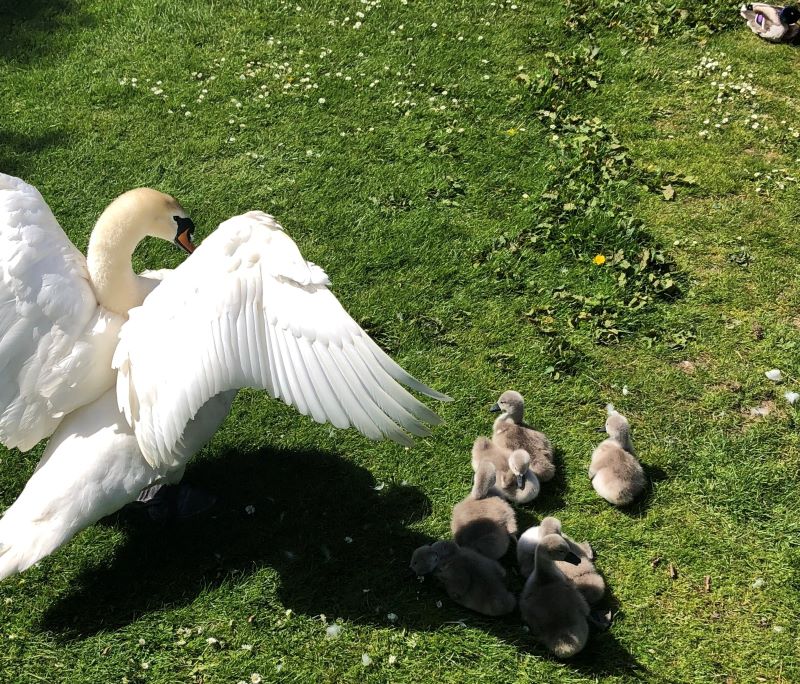7 creatures that make Canterbury a wild city
Despite Canterbury’s nature as a city it is home to a wide range of wildlife and habitats from rivers to woodlands and even marshlands. This combined with innovative efforts to protect and diversify Canterbury’s wildlife has lead to Canterbury being a wild city like no other.
Beavers
Up to 60 beavers are rumoured to be scattered along the River Stour from Ashford to as far as Sandwich with a large percentage of them being here in Canterbury. Since their reintroduction to England in 2022 after being hunted to extinction in the 16th century their population has steadily increased. They now have species level protection meaning any location that possesses them must have a licence to manage all of their intricate burrows and dams.
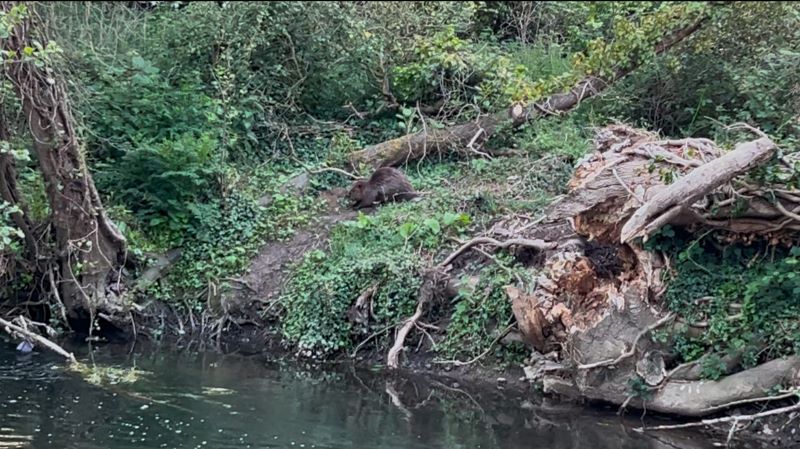
Kingfishers
This striking bird can be tricky to spot but when you get lucky they are a sight to behold. Canterbury’s River Stour provides the perfect environment for kingfishers to hunt and flourish and it is one of the few locations in Kent where these beautiful birds can be spotted.
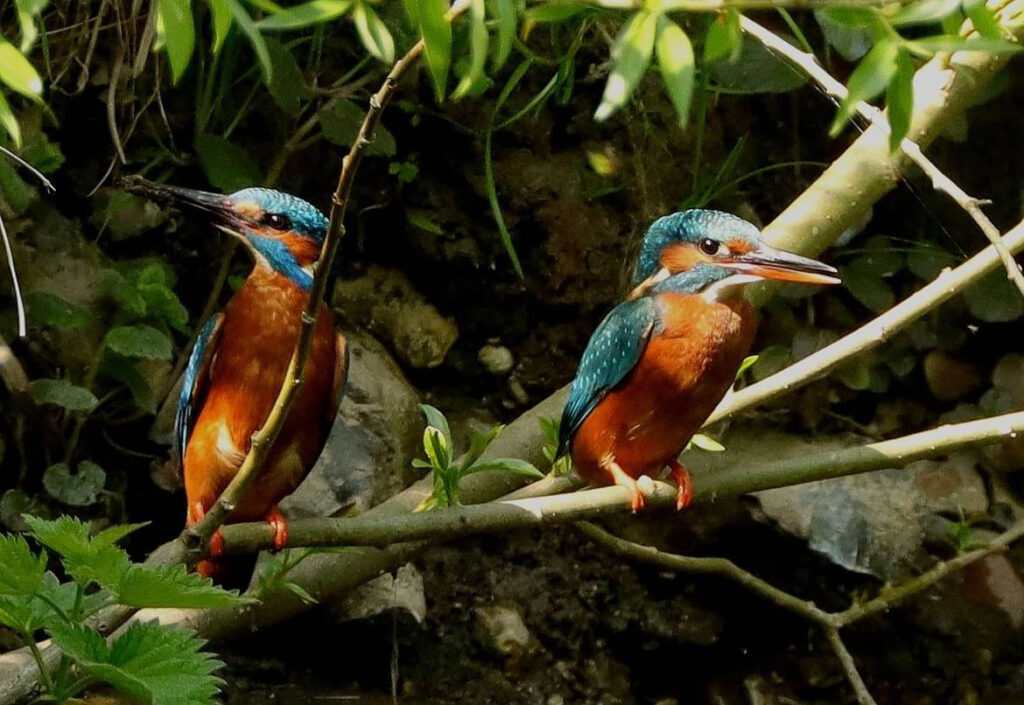
Bison
The famous Wildwood Bison project of 2019 is still going strong today with its herd welcoming its newest member in 2024 when a new calf was born. Whilst European bison were never native to the UK its relative the steppe bison once was. The bison’s unique ability to fell trees by rubbing up against them and eating bark allows for other plants and animals to thrive in an effort to increase Blean woods’ biodiversity.
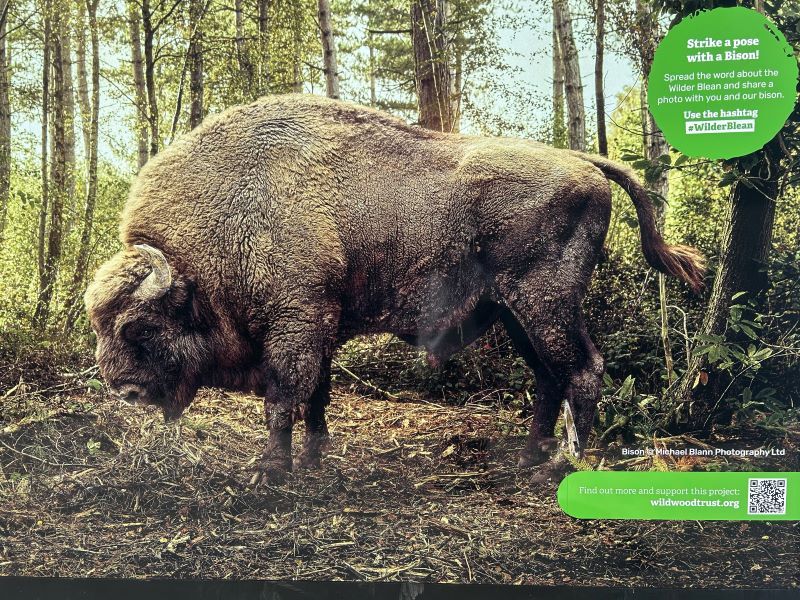
Swans
The elegant but aggressive swan can be found in a variety of different locations around Canterbury in the various tributaries and routes that the River Stour takes including through the picturesque Westgate gardens, often accompanied by their babies or cygnets making a beautiful location that much more beautiful.
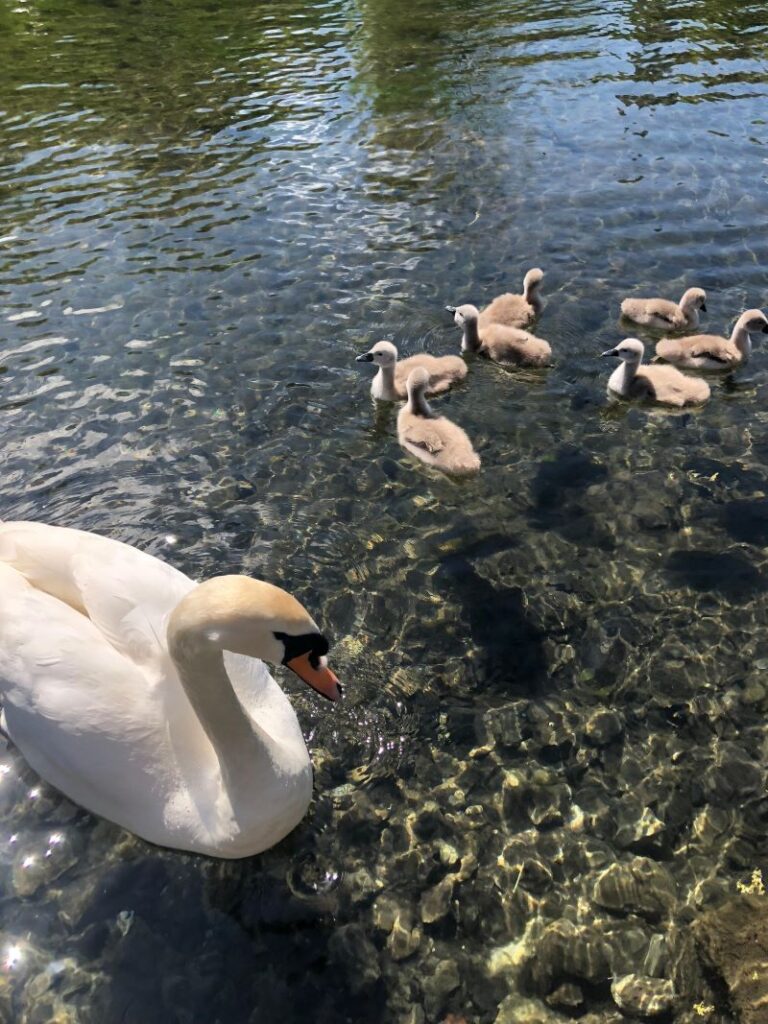
Longhorn Cattle
Alongside the bison in Blean Woods are a variety of longhorn cattle, although their huge horns are intimidating and they can weigh up to a tonne, these big beasts are fairly placid and gentle and help the bison in grazing the woodland area. They graze on the woody twigs of trees and scrub. This opens up the canopy, spilling light onto the forest floor and benefitting an array of species.
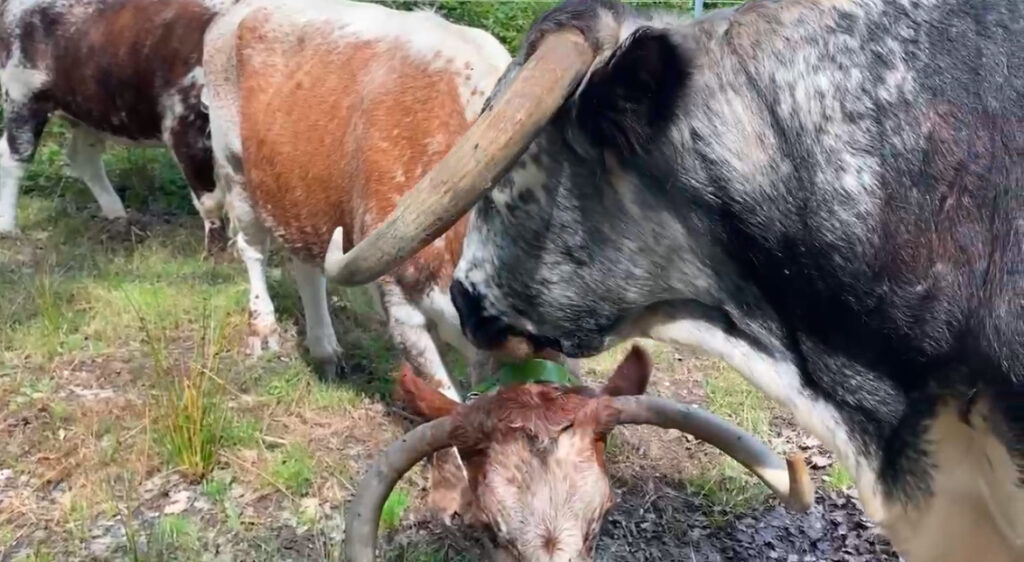
Exmoor Ponies
Also in the Blean woods is a herd of six, all male, Exmoor ponies. Conservationists love these animals as they are great at eating specific types of scrubby vegetation to allow more diverse species to grow through the grass. They can survive and thrive on sparse food sources having grown up on the rough conditions of Exmoor with its steep hills and blizzard-filled winters.
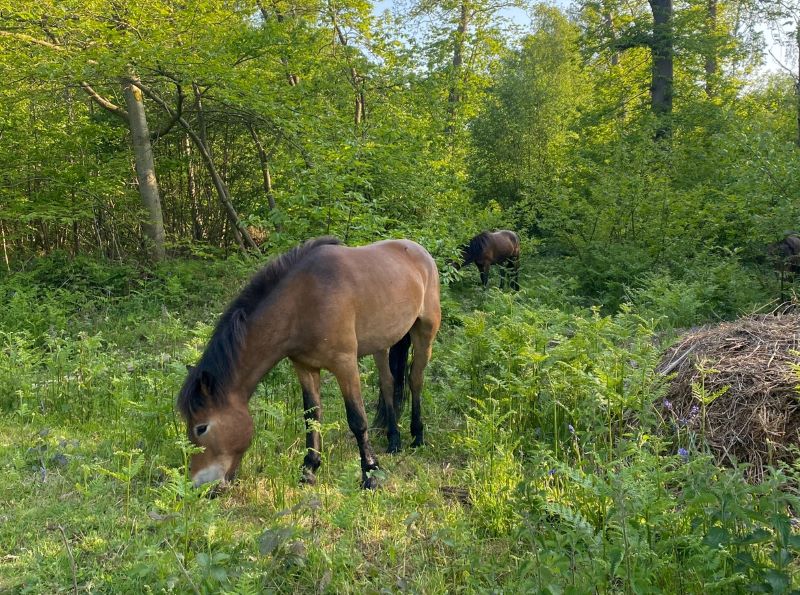
Heath Fritillary Butterfly
One of the most endangered animals in the entire UK is the heath fritillary butterfly. If not for serious conservation efforts in the last two decades this insect would likely have gone extinct and even now their numbers are minimal and Canterbury’s woodlands are one of the only areas in the country where one can be found. To raise awareness about the status of the butterfly a mural was painted at the end of Canterbury high street. To find out more about this mural click here
